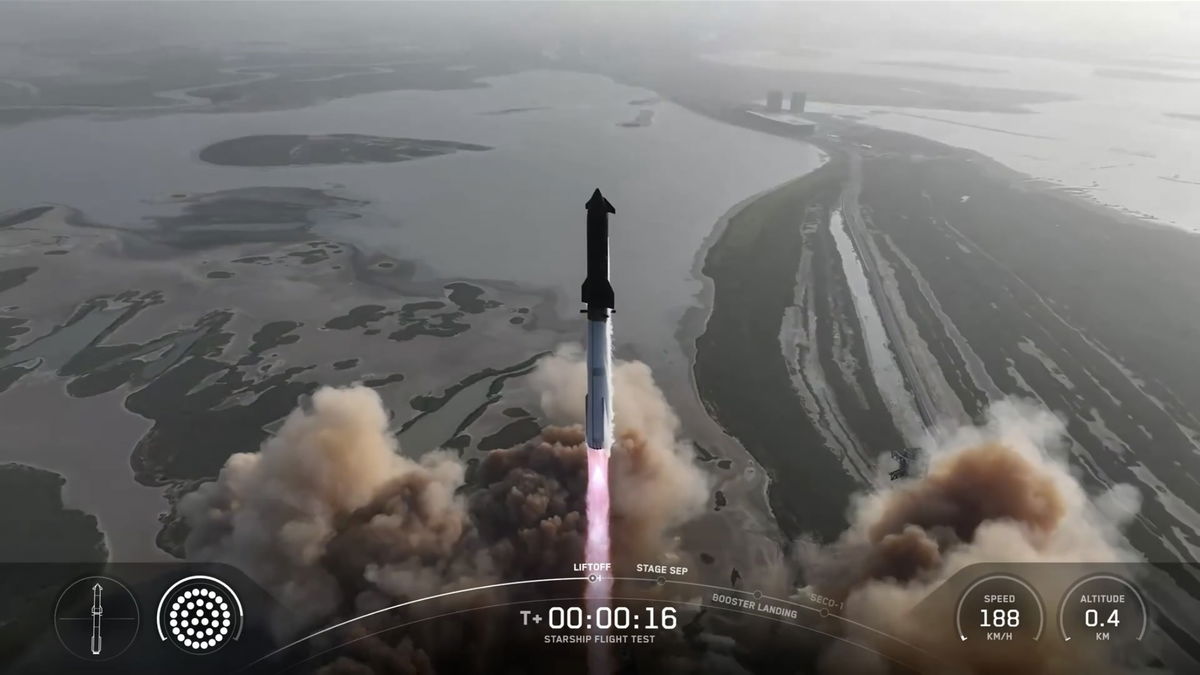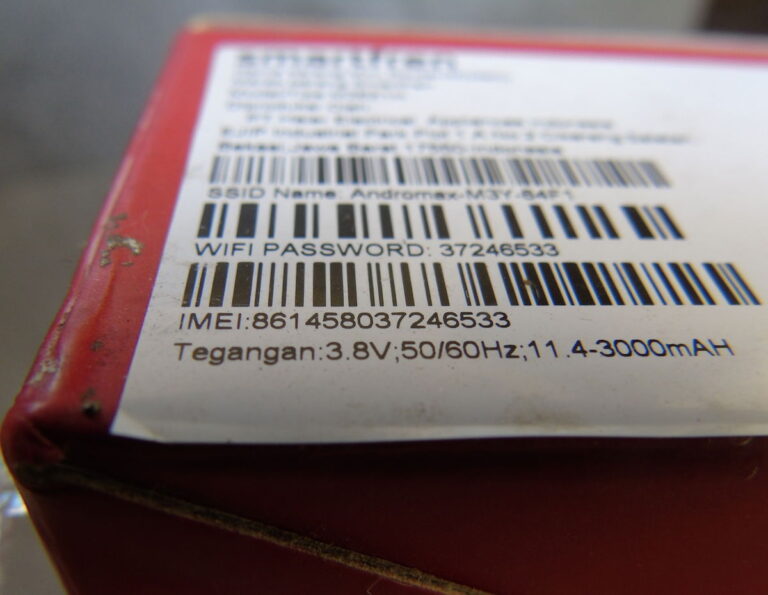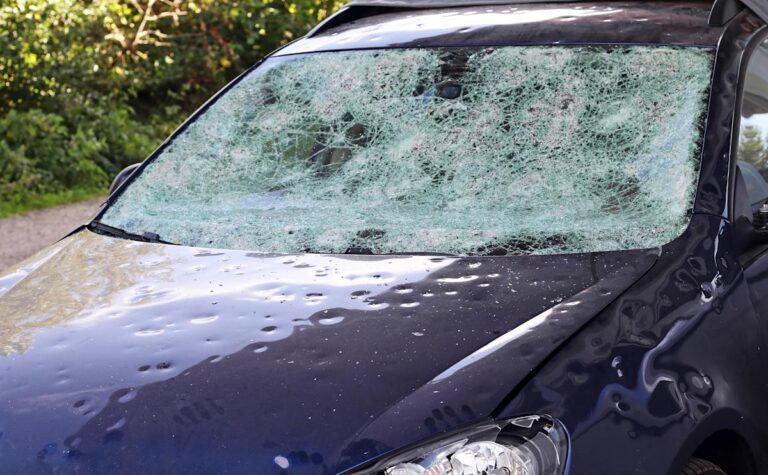
SpaceX reached space with its 9th Starship before losing control and exploding | Credits: UPI
SpaceX’s Starship, the largest and most powerful ever built, exploded over the Indian Ocean, marking the ninth failure of the prototype, in yet another setback for Elon Musk’s plans to colonise Mars.
The prototype lifted off at 6:39 p.m. local time from Musk’s facility near a southern Texas village that, earlier this month, voted to become a city also named Starbase, the Guardian reported.
The first signs of trouble appeared when the first-stage Super Heavy booster blew up instead of executing its planned splashdown in the Gulf of Mexico or Gulf of America, as Donald Trump now calls it.
An AP live feed of the launch then showed the upper-stage spaceship failing to open its doors to deploy a payload of Starlink satellite “simulators”.
At 2:44 after blastoff, the rocket had reached over 4,620 kph (approximately 2,870 mph), as seen in a shorter video. Before exploding, it reached top speeds of over 26,000 kph (16,155 mph). People could be heard cheering when the expected flip occurred. By 4:15 minutes into the launch, everything was going perfectly well, as narrated by the experts. In this video, they finally discuss losing control and communication with the Starship, marking the end of the ninth trial.
Spinning out of control
Although the ship flew farther than on its two previous attempts, it developed leaks. It began spinning out of control as it coasted through space on a suborbital path, eventually re-entering the atmosphere uncontrollably and breaking apart.
“Starship experienced a rapid unscheduled disassembly,” SpaceX posted on X – a familiar euphemism for failure – adding it would learn from the setback.
“Starship’s ninth flight test marked a major milestone for reuse with the first flight-proven Super Heavy booster launching from Starbase, and once more returned Starship to space,” SpaceX said on X.
Musk vowed to pick up the pace: “Launch cadence for the next three flights will be faster – approximately one every three to four weeks,” the Tesla and X platform owner said.
However, Musk did not mention whether he still planned to deliver a live stream about Mars that SpaceX had been promoting.
Federal regulators granted SpaceX a licence for Starship’s latest flight attempt just four days ago, capping a mishap investigation that had grounded Starship for nearly two months.
Musk’s approval for 25 launches per year
According to a France 24 report, the FAA approved an increase in Starship launches from five to 25 per year. It stated that the expanded schedule wouldn’t affect the environment – a decision that overruled objections from conservation groups concerned about the impacts on sea turtles and shorebirds.
Starship has now completed nine integrated test flights atop its Super Heavy booster, but it was its first flight since test two when both vehicles were lost.
SpaceX is betting that its “fail fast, learn fast” ethos, which helped it dominate commercial spaceflight, will once again pay off.
On the bright side, SpaceX has successfully caught the Super Heavy booster in the launch tower’s giant robotic arms three times, which enables reuse many times at very low costs.







